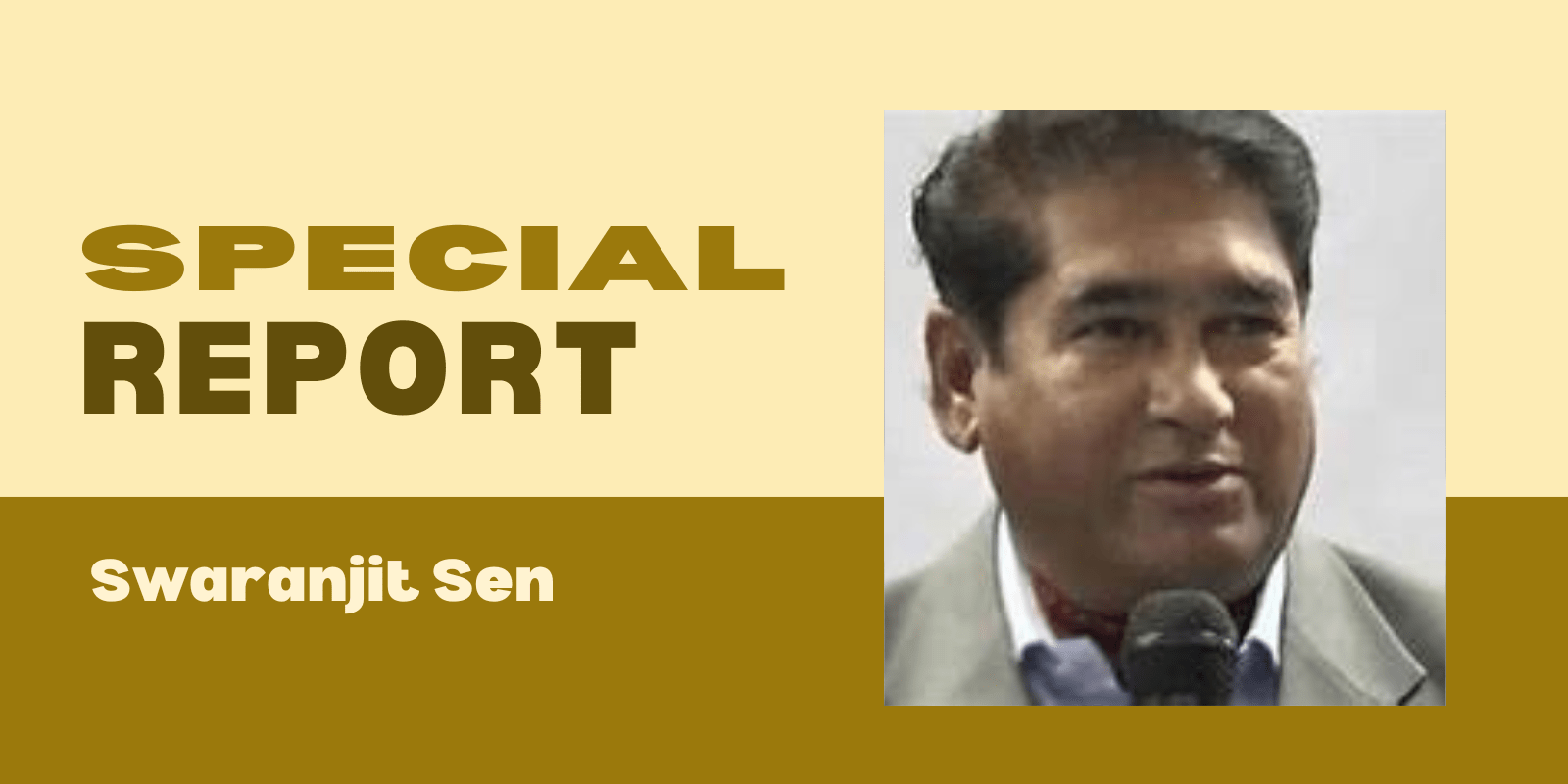For too long, I have watched Telangana’s cricketing talent being caged—not because our youngsters lacked ability, but because the Hyderabad Cricket Association (HCA) monopolized access to coaching, selection, and development. Cricket in Hyderabad once thrived like a religion, but beyond the city limits, deserving boys were denied even a fair chance.
This exclusion was never due to a shortage of funds, facilities, or coaches. It was a deliberate denial of opportunity. HCA, kept alive by the Board of Control for Cricket in India (BCCI), built a system that thrived on privilege, not merit. Rural cricketers who dared to dream of higher levels faced humiliation, crushing expenses, and entrenched bias that branded them outsiders in their own state.
As the IPL transformed Indian cricket, I saw dreams taking root in every small town and village. But while the nation celebrated new stars, Telangana’s rural players were crushed by a corrupt, arrogant, and self-serving system. Even those who came all the way to Hyderabad were sabotaged—victims of manipulation, suppression, and an unspoken pay-to-play culture. The distance between talent and opportunity only grew wider.

It was into this vacuum that I stepped forward to form the Telangana Cricket Association (TCA). Founded on transparency and merit, I took on the responsibility of shaping TCA into a lifeline for cricketers outside Hyderabad. In 2015, we staged the Telangana Gold Cup, mobilizing 64 revenue-division teams in a BCCI-standard league. This was Telangana’s first professionally structured statewide tournament—proof that rural players could indeed be organized, nurtured, and showcased. Senior cricketers, district stalwarts, and university players stood by me, mentoring youngsters and instilling the belief that they too could become the next Sachin Tendulkar, Rahul Dravid, or Virat Kohli.
That very first Gold Cup saw nearly 900 players, out of which 128 extraordinary performers were identified. We compiled detailed scorecards and even press clippings, and presented them to HCA. The response? Silence. Worse, in 2016, bowing to the pressure of city clubs, the HCA Secretary issued a notice warning players not to associate with TCA, declaring they would not be considered for HCA’s state teams. Could there be clearer proof of bias?

With no other option, TCA approached BCCI for membership in 2016, highlighting the enormous pool of talent across Telangana that was being denied its birthright. At first, BCCI’s broad radar missed the ground realities. But in 2018, after the intervention of the Bombay High Court, the long-ignored ‘parens patriae’ duty of BCCI, ‘to protect orphaned cricketing regions ‘finally came on the table. Yet, politics and pressure prevailed. The Committee of Administrators hesitated, and we found ourselves fighting on two fronts: nurturing cricketers while waging legal battles.
By 2020, the matter reached the Supreme Court, which categorically permitted TCA to seek associate membership. Five years later, after repeated directions, three separate committees, and two forensic audits that confirmed embezzlement within HCA, the truth is undeniable: HCA today is hollow, discredited, and dysfunctional. Some of its members are in jail, others face serious allegations, and without a quorum, it can barely function. In contrast, TCA has stood firm—organizing, developing, and expanding cricket across Telangana.

In just a decade, I am proud to say that TCA has:
- Registered over 22,000 players across districts,
- Conducted more than 6,000 league and tournament matches,
- Welcomed 3,000 new players every season,
- It established itself as Telangana’s true cricketing body.
These are not empty statistics. They represent lives, families, and communities that see cricket as a ladder of opportunity. Yet, despite this proven system, Telangana’s rural players remain locked out of first-class and IPL pathways—because only BCCI recognition can open those gates.

The legal position is promising. Court rulings, constitutional provisions, and the Lodha reforms all affirm Telangana’s right to full BCCI membership. Every year of delay is another year of injustice to thousands of youngsters. This is not merely an administrative lapse; it is a betrayal of the very principle of fair play.
Over the years, TCA has endured political sabotage, institutional neglect, and hostile propaganda. But we have survived—and grown. Today, we are a credible, transparent, and organized body demanding not favors but justice: recognition as the rightful representative of Telangana’s cricketers.

This fight, however, is bigger than Telangana. It exposes the deep fault lines in Indian cricket—where city elites guard the gates while rural India remains underfed, underfunded, and unheard. Telangana’s story is India’s story: boys training on dusty pitches with borrowed kits, dreaming of stadium lights and national colors.
BCCI now has the chance to correct history. Recognizing TCA is not just about Telangana; it is about proving that Indian cricket belongs to every Indian. It would show that the world’s richest cricket board also stands for fairness, transparency, and inclusivity.
Our rural cricketers have waited long enough. They deserve to know that effort, not influence, will decide their future. They deserve the chance to rise from village grounds to international stadiums. They deserve to believe that cricket is still a gentleman’s game.
TCA is ready. Telangana is ready. The only question is: when will BCCI be ready to open the gates?
Because from these villages, many Dhonis are waiting to don the national colors.







